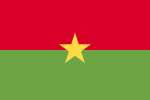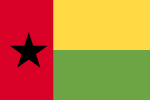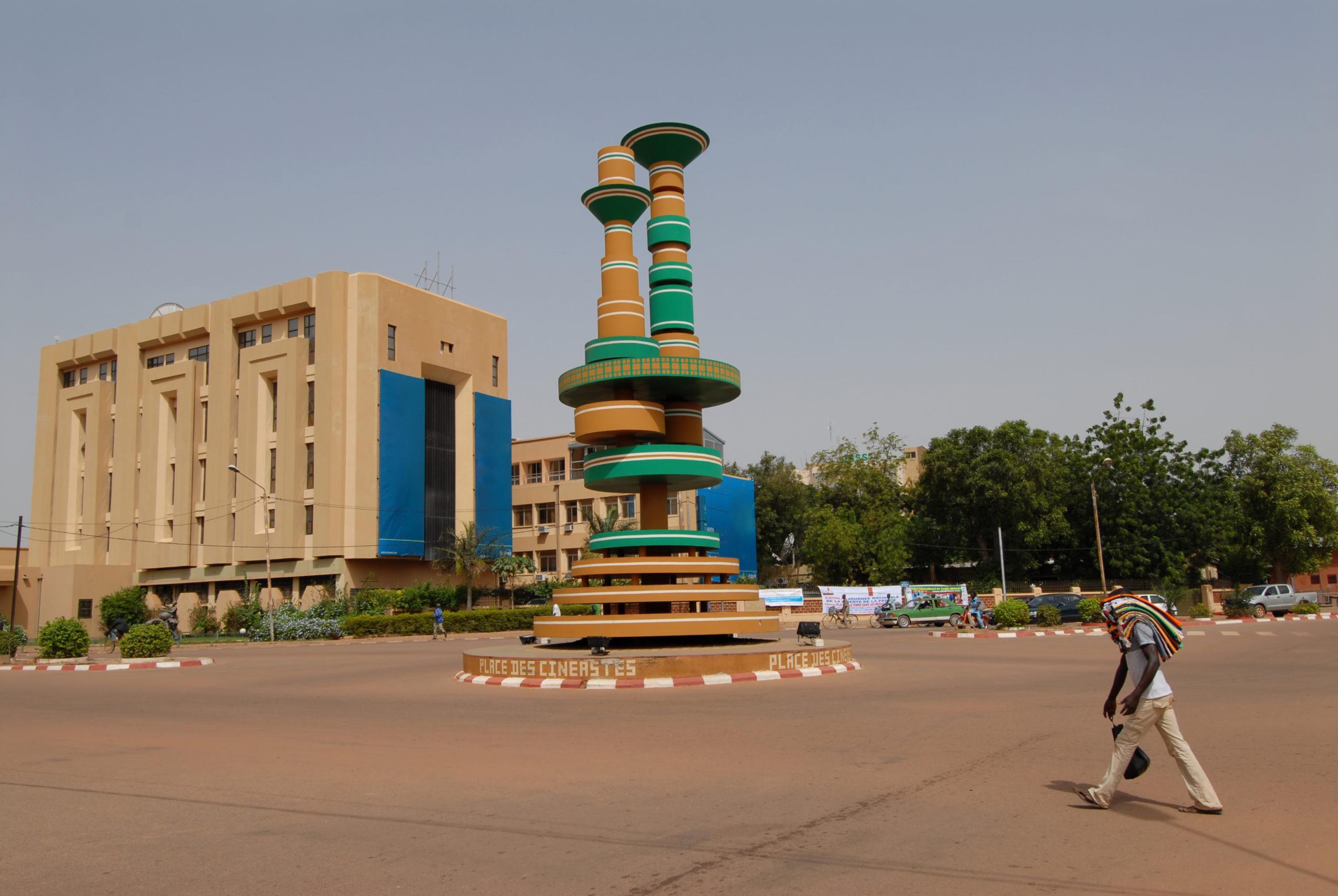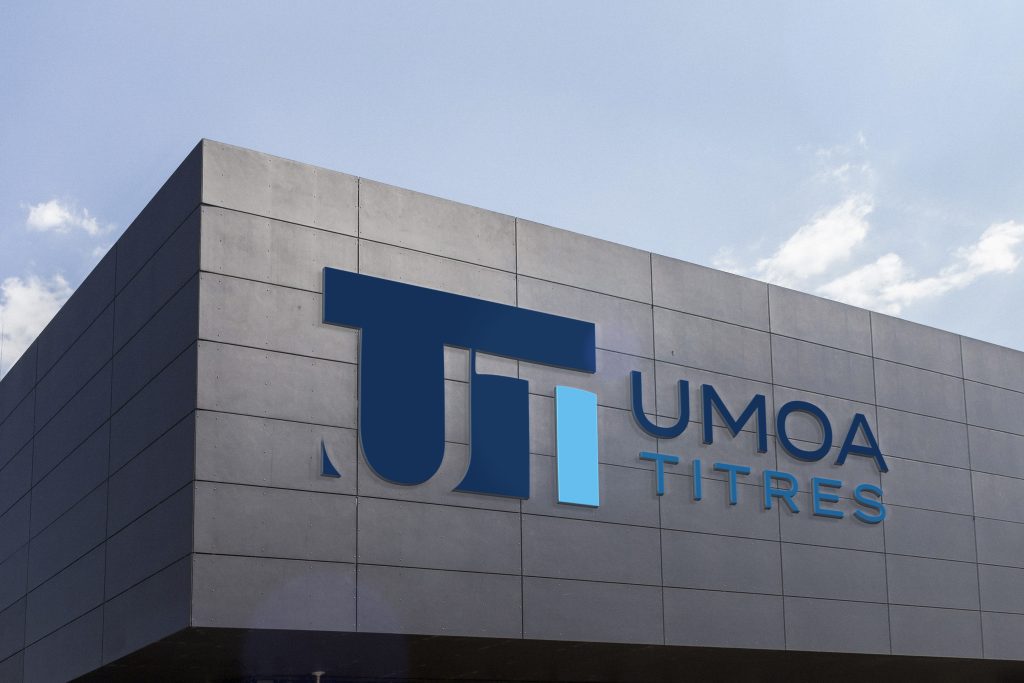The political changeover at the end of 2015 was the starting point of a new era marked by good economic performance. Burkina Faso experienced sustained economic growth between 2015 and 2020. The programs and reforms put in place by the Government have enabled the country to record an average growth estimated at 6.2% over the 2016-2019 period. With a contribution to the formation of the Gross Domestic Product (GDP) of more than 40.0%, the tertiary sector was driving economic growth during that period.
Affected by the COVID-19 pandemic, like all economies, the economy slowed down in 2020 with an estimated growth rate of 2.5% compared with 5.7% in 2019. Burkina Faso’s economic performance should improve in 2021 with an expected economic growth rate of nearly 7.0% in line with the recovery of global activity and the improvement in the regional economic situation.
Economic performance to be commended despite the current health crisis
Between 2015 and 2020, Burkina’s Gross Domestic Product in value terms rose from 6,119.6 to 10,121.9 billion CFA francs, i.e., an increase of about CFAF 4,002.3 billion. Despite the negative impact of COVID-19 on activity, the Burkinabe economy experienced positive growth in 2020, driven by the primary and secondary sectors which grew by 5.7% and 7.7% respectively. As for the tertiary sector, it, instead, contracted by 2.6% after an increase of 6.9% in 2019. This underperformance is the result of the collapse of the “accommodation and catering” sub-sector (-28.8%). The activity of this sector was severely impacted by the consequences of measures taken to limit the spread of the COVID-19 pandemic. In sum, the contribution of the tertiary sector to GDP growth was -0.7 percentage points in 2020 against +4.8% a year earlier. As for the primary and secondary sectors, they contributed 1.3 percentage points each to GDP growth.
The primary sector recorded growth of 5.7 percent in 2020 after 3.8 percent in 2019. This development would be mainly linked to the performance of the agriculture sub-sector, particularly cash crops, thanks to the 2.1% increase in cotton production but especially to the increase in unshelled groundnut (+59.2%) and sesame (+2.6%) production. Food crop value added also increased by 4.6% in 2020 compared to 2019. Cereal production was 5.179 million tons in the 2020/2021 crop year, up 4.8% on the previous year. The primary sector contributed 1.2 percentage points to GDP growth in 2020.
As for the secondary sector, it grew by 7.7% in 2020 after a +5.6% increase in 2019. This growth rate is mainly driven by the dynamism of extractive activities. However, the value added of the construction, installation and finishing works sub-sector fell by 3.5% in 2020. This decline is attributable to the slowdown in building and construction in the private sector, linked to the effects of COVID-19. The value added of the mining and quarrying sub-sector rose by 16.7 % in 2020. This increase could be explained by the entry into production of the Sambrado mine (SOMISA), which contributed to increasing the production of industrial gold from 50.3 tons in 2019 to 62.138 tons in 2020, an increase of 23.5%. In total, the contribution of the secondary sector to GDP growth was 2.0 percentage points in 2020.
Government development programs: satisfactory results despite residual challenges
In its quest to improve the living conditions of its citizens, Burkina has developed and implemented several development frameworks. The latest of these is the National Economic and Social Development Plan (PNDES) 2016-2020.
Implemented in a very difficult security and health context, the PNDES has made it possible to achieve many political, economic and social gains. Despite these achievements, the country still faces several challenges. Thus, despite the observed decrease in the incidence of poverty from 40.1% in 2014 to 36.2% in 2018, 7 million 300 thousand people out of the 20 million inhabitants of Burkina Faso still live below the poverty line. The level of income inequality identified by the GINI inequality index has at the same time increased from 0.353 in 2014 to 0.38 in 2018. Furthermore, the decline in poverty has remained low in rural areas, as nine (9) out of ten (10) poor people live there. The period of implementation of the PNDES was marked by the security crisis which caused the displacement of many people throughout the country.
Public policies have not been sufficient to ensure security and peace and to generate a dynamic of wealth creation that would allow for a significant improvement in the well-being of Burkinabè, particularly those living in rural areas. In addition to exogenous factors (insecurity from the North-Sahel countries, the COVID-19 pandemic), this situation is the result of the inadequacy of the national security system to adapt to the current challenge, the structural inadequacies of the national production system, the weakness of human capital and national solidarity.
In view of the shortcomings and to enhance the potential of production in the agricultural, industrial, commercial and social development sectors, the PNDES has identified the following major challenges to be met:
- strengthening the country’s resilience, peace, and social cohesion
- consolidation of human capital development
- improving governance
- deepening the transformation of the national economy
- improving the financing of the economy and the implementation of public policies.
To meet those challenges, the second National Economic and Social Development Plan (PNDES-II, 2021-2025) proposes to reconcile the objectives of transforming economic, demographic and social structures with the difficulties of the context, reducing inequalities and sustainably improving the well-being of the population, in a context of security and health crises and the risk of erosion of social cohesion.
For a more complete view of the Burkinabe economy and investment prospects, download the Burkina Faso information note here.
Source: Burkina Faso Information Note – August 2021.












